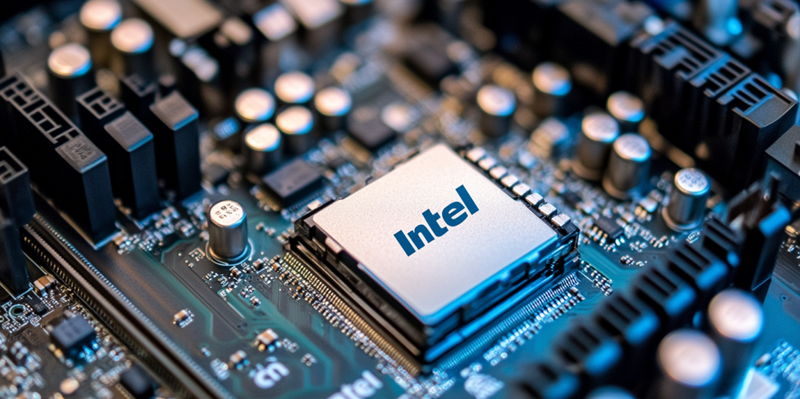Intel’s Raptor Lake CPUs have been plagued by instability issues that have caused significant concern among users and industry experts. Specifically, these problems stem from a Vmin shift instability, leading affected CPUs to request excessive power from the motherboard and resulting in instability. Initially, Intel released microcode updates in June (0x125) and August (0x129) to mitigate the problem, but these were only partial fixes. The instability remained a pressing issue as users reported ongoing challenges with system performance and reliability. Intel’s thorough investigation into the matter identified the root cause of the instability as a bug in the clock tree circuit within the 1A core, which is particularly susceptible to reliability aging under elevated voltages. This discovery has prompted the company to take decisive action to address the issue comprehensively.
The Final Microcode Update: A Comprehensive Solution
In response to the identified bug, Intel is now preparing to release a final microcode update, designated 0x12B, which aims to definitively rectify the Vmin shift issue. This new update seeks to address scenarios where CPUs demand too much voltage, even during light workloads or idling. Intel asserts that initial tests of the 0x12B update indicate substantial improvements, bringing the CPUs back within the manufacturer’s specifications. This suggests that the update may successfully resolve the longstanding Vmin shift problem. Users will be required to update their BIOS to integrate this microcode fix, and Intel is collaborating with its partners to ensure timely deployment of the update, which is anticipated to be available in October.
The significance of this update cannot be overstated, as it demonstrates Intel’s commitment to maintaining the reliability and performance of its products. By addressing a critical flaw that has impacted user experience, Intel not only aims to stabilize existing Raptor Lake CPUs but also rebuilds consumer trust. The deployment of the 0x12B microcode will be a crucial step in stabilizing the affected systems, allowing users to fully leverage the capabilities of their hardware without the fear of unexpected crashes or instability. This comprehensive approach to resolving the Vmin shift issue highlights Intel’s dedication to quality and user satisfaction, ensuring that their CPUs operate within specified parameters under various workload conditions.
Looking Forward: Lunar Lake and Arrow Lake CPUs
Intel has taken steps to address the Vmin shift instability in its Raptor Lake CPUs. Additionally, there’s promising news about future processor lines—Lunar Lake and Arrow Lake. Manufactured by TSMC, these new CPUs feature entirely new architectures and notably do not suffer from the Vmin shift issues. This development underscores Intel’s proactive approach to averting similar problems in future products, leveraging new manufacturing technologies and architectural designs to enhance reliability and performance.
This progress is crucial for Intel as it aims to maintain its competitive edge in the ever-evolving semiconductor industry. The absence of Vmin shift issues in the upcoming Lunar Lake and Arrow Lake CPUs signals a positive direction for Intel’s product lineup, potentially boosting consumer confidence and reinforcing the company’s leadership in innovation. This development highlights Intel’s ongoing efforts to improve its processes and the robustness of its offerings. As the semiconductor landscape continues to change, Intel’s commitment to tackling current issues and preemptively addressing future challenges will be crucial.
In conclusion, Intel’s efforts to resolve the Vmin shift instability in Raptor Lake CPUs show its dedication to enhancing product reliability. A targeted final microcode update aims to fix power request issues across various workloads, reiterating its commitment to user satisfaction and system stability. Moreover, the anticipation of Lunar Lake and Arrow Lake CPUs without these issues reflects Intel’s proactive steps toward better future product quality.

